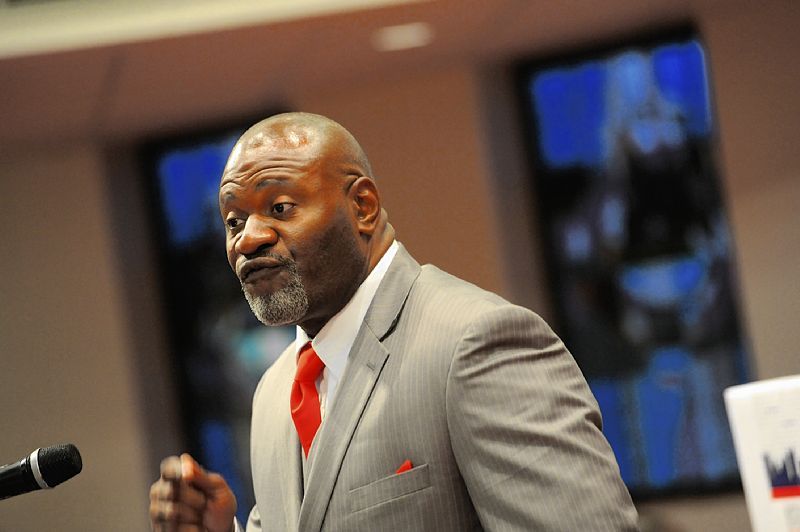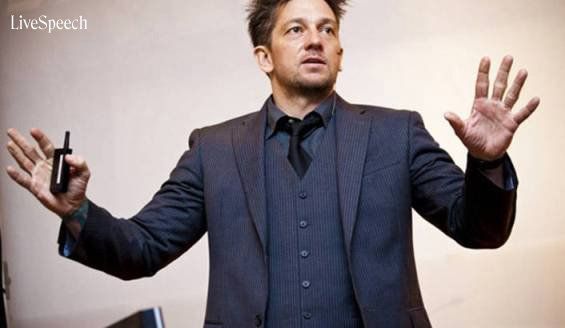Effective interpersonal communication helps us express ourselves and share our thoughts with the people around us. Have you ever seen a job advertisement where they required that applicants must possess “good communication and interpersonal skills”?
I’m sure that like most people, you must have included this line in your CV, right? But let’s be honest here, most people don’t even have a clue what that skill entails. If they did, then employers would not continue to complain about the rampant failures at job interviews due to poor self expression by applicants.
Do you merely state it in your CV to fulfil all righteousness? How much do you really know about this thing called “interpersonal skills”? Read on to find out.
Interpersonal communication is the process where a person expresses his thoughts, converts the thoughts into a well designed message and sends the message across a communication channel (oral, visual, written, etc.) and the receiver receives the message and responds to the message and sends his reply back via the communication channel. Interpersonal communication can be a formal dialogue between two people at a workplace, or even an informal tête-à-tête between two friends.
Communication can occur with or without words and through a number of communication media. Here are the various channels of communication that can be used in interpersonal communication:
- Oral Communication (face-to-face or on the phone)
- Written Communication (emails, letters, instant messaging and SMS)
- Visual Communication (body language, gestures, or symbols)
FACTORS OF COMMUNICATION EFFICIENCY
[1] Clarity of Message
The way in which the sender presents a message plays an instrumental role in the success or failure of the communication process. A message should be formulated taking into account the receiver’s frame of mind and simple message formulation that conveys the correct meaning.
[2] Communication Channel
Choose the right communication channel according to the situation and the receiver. For example think whether in a particular situation having a face-to-face conversation would be a better option instead of speaking on the phone, or writing an email. This is why you often hear words like, “No, this is not something we should talk about on phone. I’d rather wait till we see”. We all have at one point or another had to choose a particular channel of communication over its alternatives simply because of the type of message we wanted to pass. I know I have done so, many times. Haven’t you?
[3] Rapport between Sender and Receiver
If the sender and the receiver share a common background and have faced similar experiences, it increases the mutual understanding level and hence enhances the outcome of the communication process. The development of rapport will depend on the educational background, social background, family upbringing and the kind of experiences the person has come across.
STYLES OF INTERPERSONAL COMMUNICATION
There are various styles of interpersonal communication, which are as follows:
[1] Controlling Style of Interpersonal Communication
The controlling style is actually a style of interpersonal communication wherein the sender leaves little or no room for the receiver to provide feedback or reply. People who are generally senior in workplace hierarchy use it to communicate with their subordinates. That is the status-quo in the military. It is the idea behind the popular saying, “Soldier go, soldier come”. Fela’s popular song “Zombie” describes the unquestionable nature of military commands.
Although this style might prove to be an efficient form of communication during crisis situations, it can intimidate the receiver or the audience and can actually create a communication gap, which may prove counter-productive in the same crisis situation. Hence, because there is little room for feedback or reply, extreme clarity in the message is essential in order to prevent misunderstandings.
[2] Egalitarian Style of Interpersonal Communication
The Egalitarian style of interpersonal communication is much more efficient than the controlling style above since it facilitates healthy two-way communication wherein information is shared mutually. This style of communication encourages the participants to express their ideas and hence creates a co-operative and healthy atmosphere.
[3] Structuring Style of Interpersonal Communication
The structuring style of interpersonal communication is generally used to communicate specific goals and bring co-ordination to an organisation. To avoid making this a one-way conversation it is always better to modify this style and keep it more open to responses from the audience.
[4] Dynamic Style of Interpersonal Communication
This is style of interpersonal communication is a high-energy approach which involves use of motivating words and phrases to encourage the person to get inspired and achieve a certain goal. However this style cannot function when the receiver does not have enough knowledge about the required action desired out of him/her. In other words, no matter how sensational and motivational your speech may be, you cannot move a mechanical engineer to represent you as your attorney in a court of law. It won’t work. He just doesn't have it (unless, of course, he is also a trained lawyer).
[5] Relinquishing Style of Interpersonal Communication
The relinquishing style of interpersonal communication is highly open for ideas to the extent that it can transfer the responsibility of the communication to the receiver. This style of communication works well when the sender and the receiver are equally interested in carrying the conversation ahead. It is common among senior officers of an organisation or business who together contribute ideas to the running the establishment.
The head of the organisation would speak to his “junior” colleague (who is actually a senior officer in the organisation as a whole) like they were equals. Ever heard a Chairman discussing with a Director of a company? They talk at a somewhat “higher level” than they would if either of them were talking to someone much lower down the ranks in the organisation.
So, an idea from the Chairman could easily be taken up by the Director, who is at liberty to make sound modifications of his own—contributing his own ideas. But when this “finished” idea is to be passed down to the junior workers (in an internal memo, for example), what started out as a Relinquishing Style now reaches the workers either as a Controlling Style or as a Structured Style interpersonal communication—little or no room for any further inputs.
[6] Withdrawal Style of Interpersonal Communication
It is ironic to call this process a style of interpersonal communication since the withdrawal style is basically the failure or lack of communication. This is a style of interpersonal communication in which the person shows complete disinterest to participate in the communication process or carry it forward.
Sometimes, people do this deliberately when they wish to cause a break-down in interpersonal relationship between themselves and someone else—it could be malice. At other times, people do it with good intentions (thinking their trying to build good relationships) only to end up ruining whatever that was left of the “relationship” due to ignorance of tactics. It’s like taking the wrong medication for an ailment. It could be deliberate—suicidal at times—or it could be plain ignorance on the part of the one involved.
Interpersonal communication is the process by which we express our feelings, ideas and thoughts and share them with the people around us. Efficient interpersonal communication is a very good quality that helps people in every aspect of life be it personal or professional.
“To effectively communicate, we must realise that we are all different in the way we perceive the world, and use this understanding to guide our communication with others.” — Tony Robbins
In the end, no one is an island.










